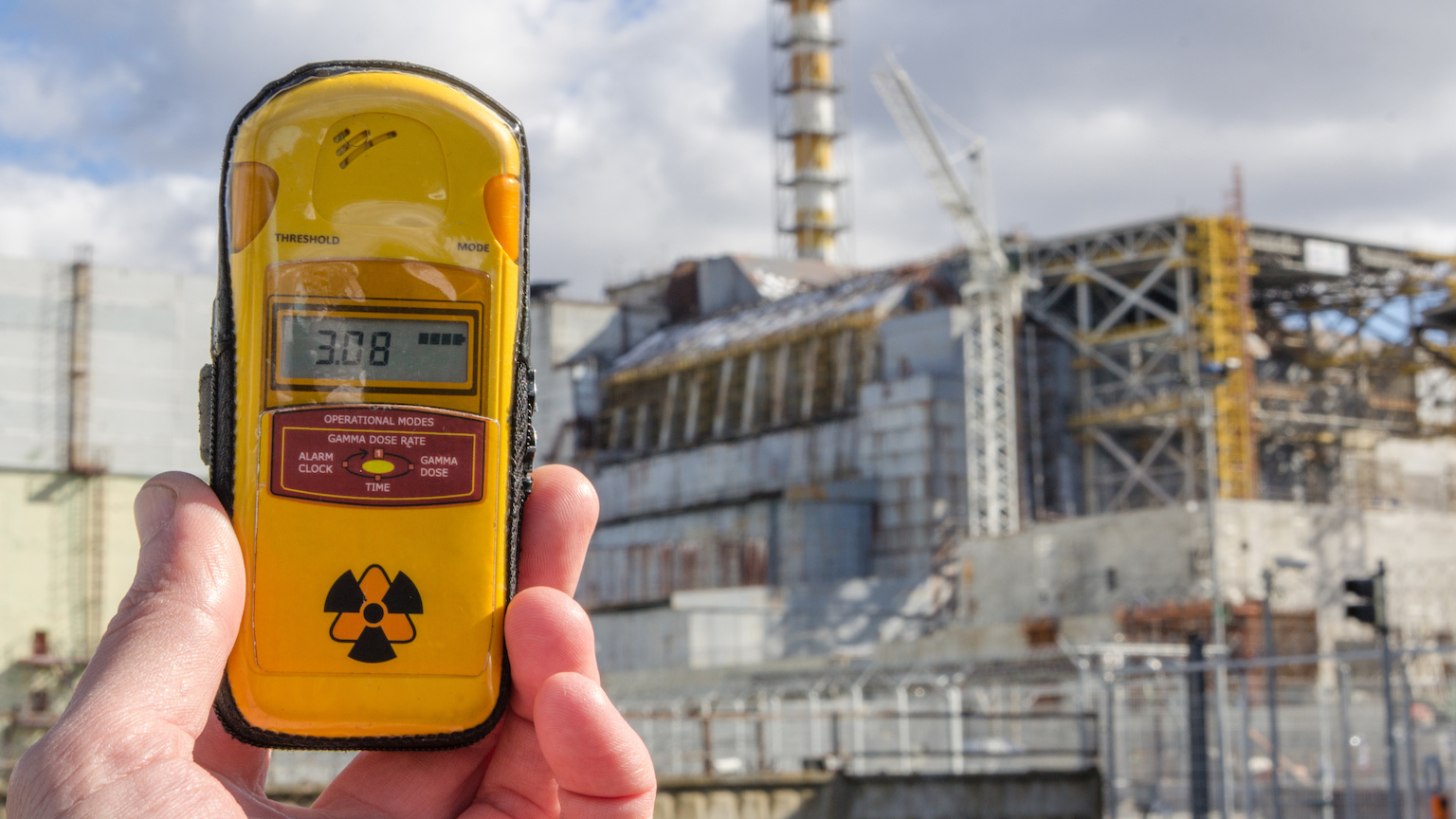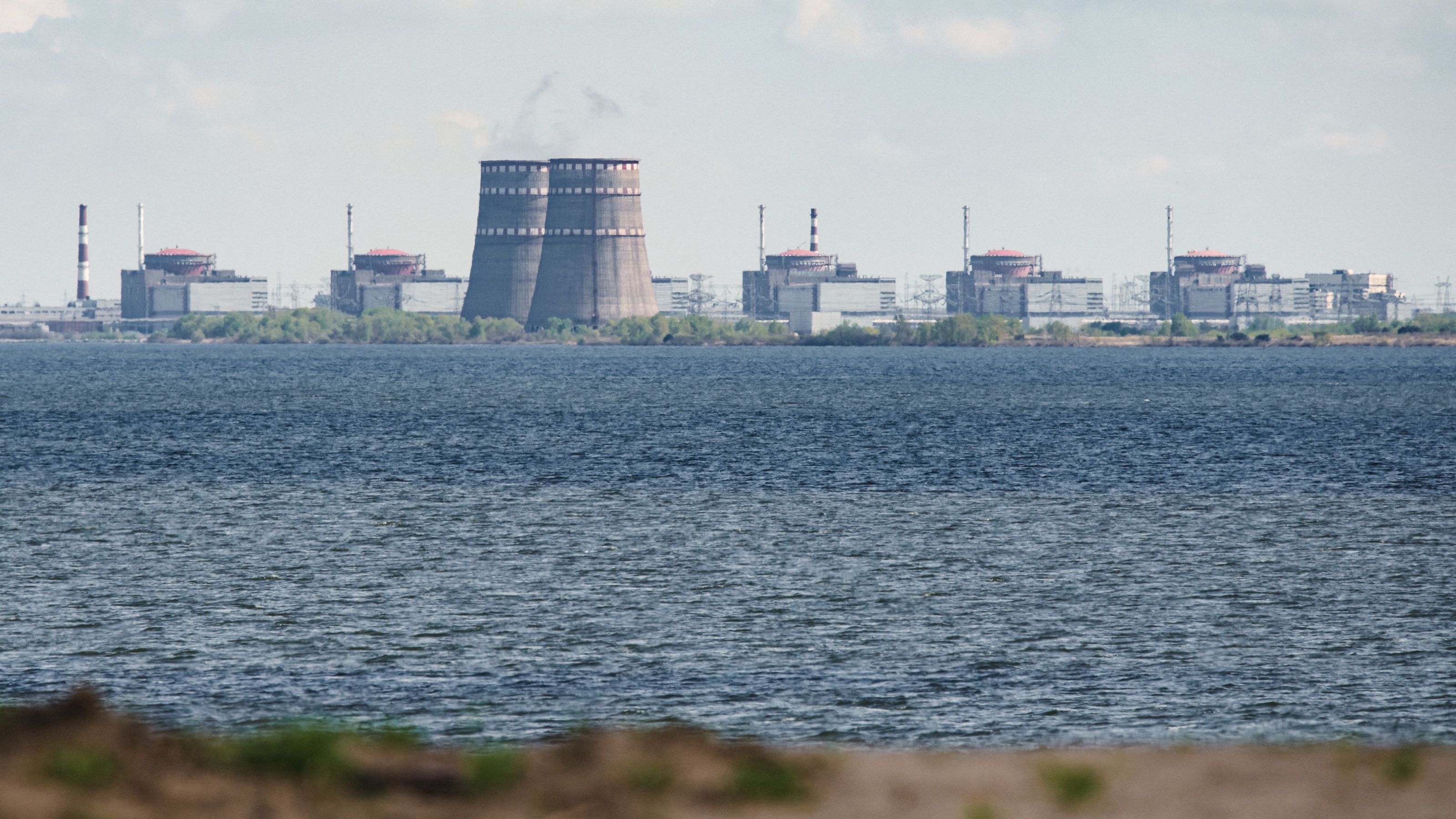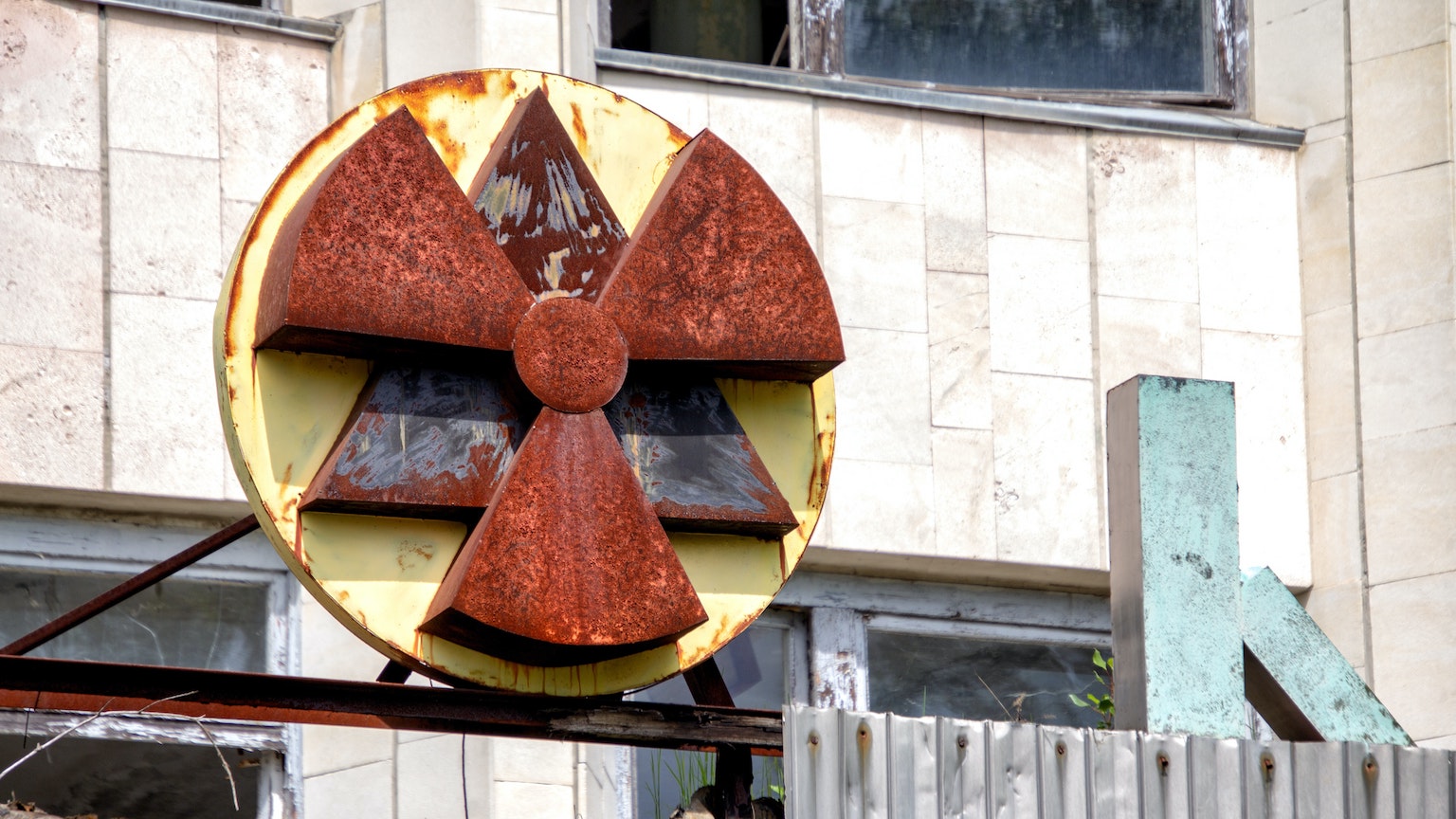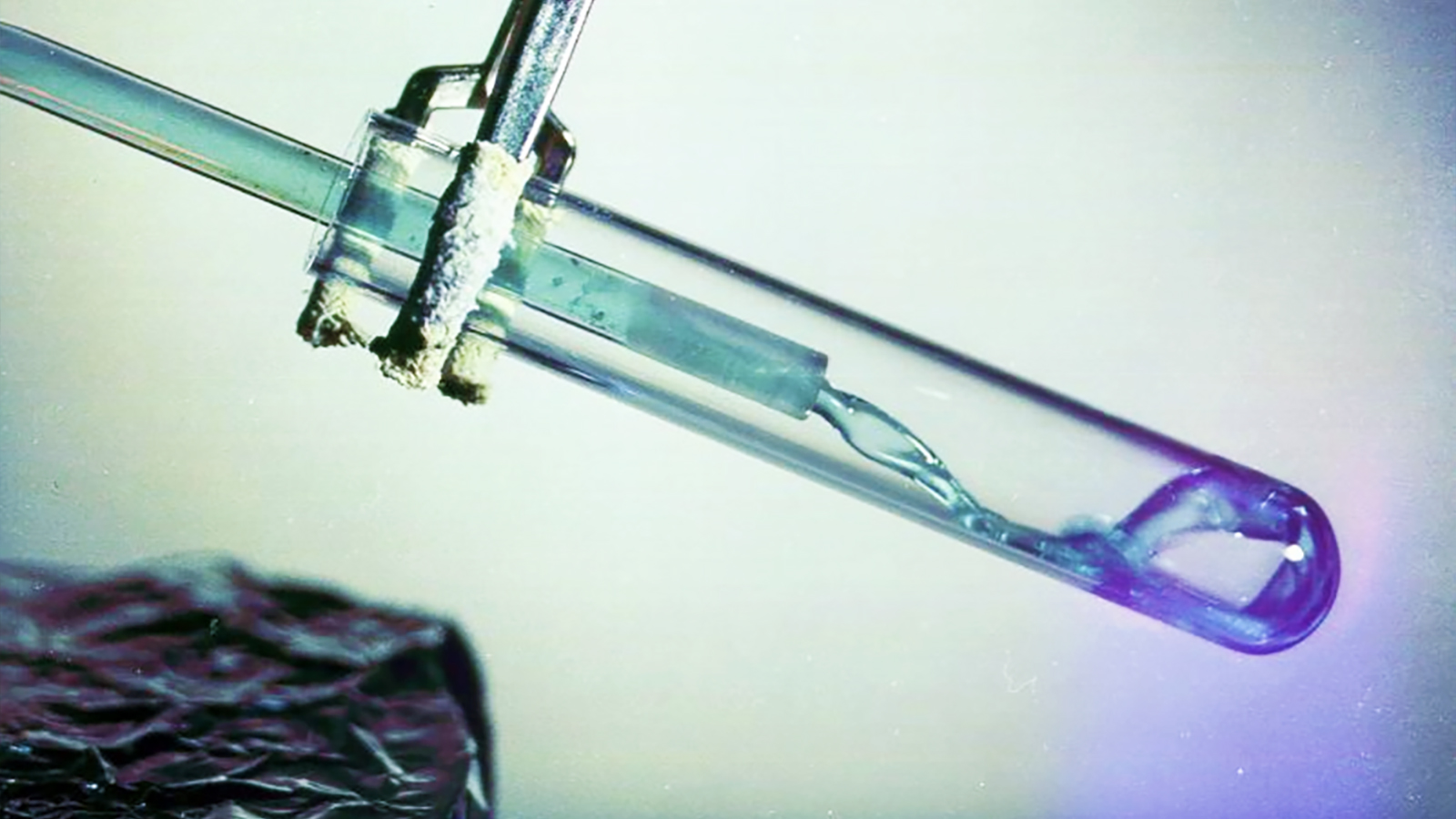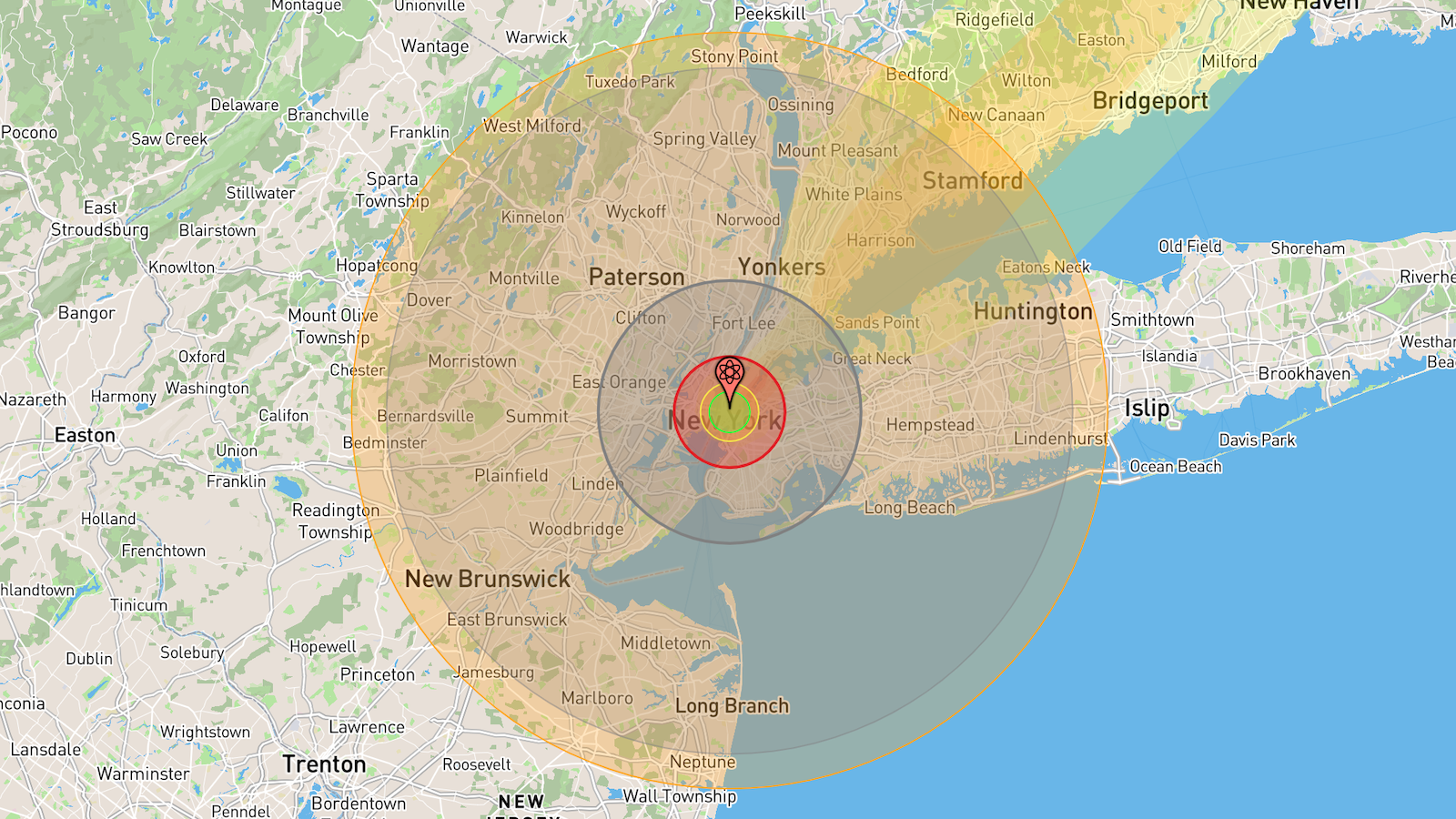Mayak: The secret nuclear power plant that poisoned Russians for decades
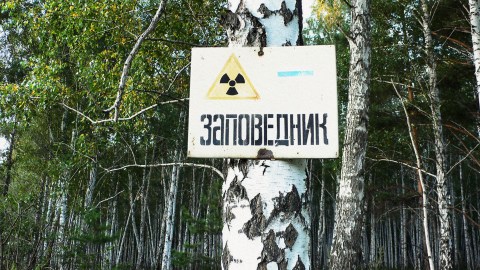
- Long before Chernobyl, the Soviets built and ran nuclear reactors that purposefully discharged radioactive waste directly into nearby lakes and rivers.
- This kicked off a chain of malfeasance that continually dosed the public and contaminated the Russian countryside for decades.
- One explosive incident released radiation comparable in scale to Chernobyl. An enormous amount of released radiation still lingers at the site.
Modern nuclear power plants strictly contain radioactive material from the outside world. A magnitude 9.1 earthquake followed by a giant tsunami is required to overcome even a flawed backup system, like the one at Fukushima. The real safety threat occurs when dishonest or negligent governments operate plants under desperate circumstances. A secret Russian site called Mayak is a monument to the dangers of nuclear power held in the wrong hands.
Dumping radioactive waste — on purpose
In the late 1940s, the USSR lagged far behind America in the nuclear arms race, and horrific practices were accepted in the scramble to catch up. The secret Mayak nuclear plant, located in the Chelyabinsk Oblast near the Ural Mountains, was hurriedly constructed by gulag prison camp laborers to produce material for weapons.
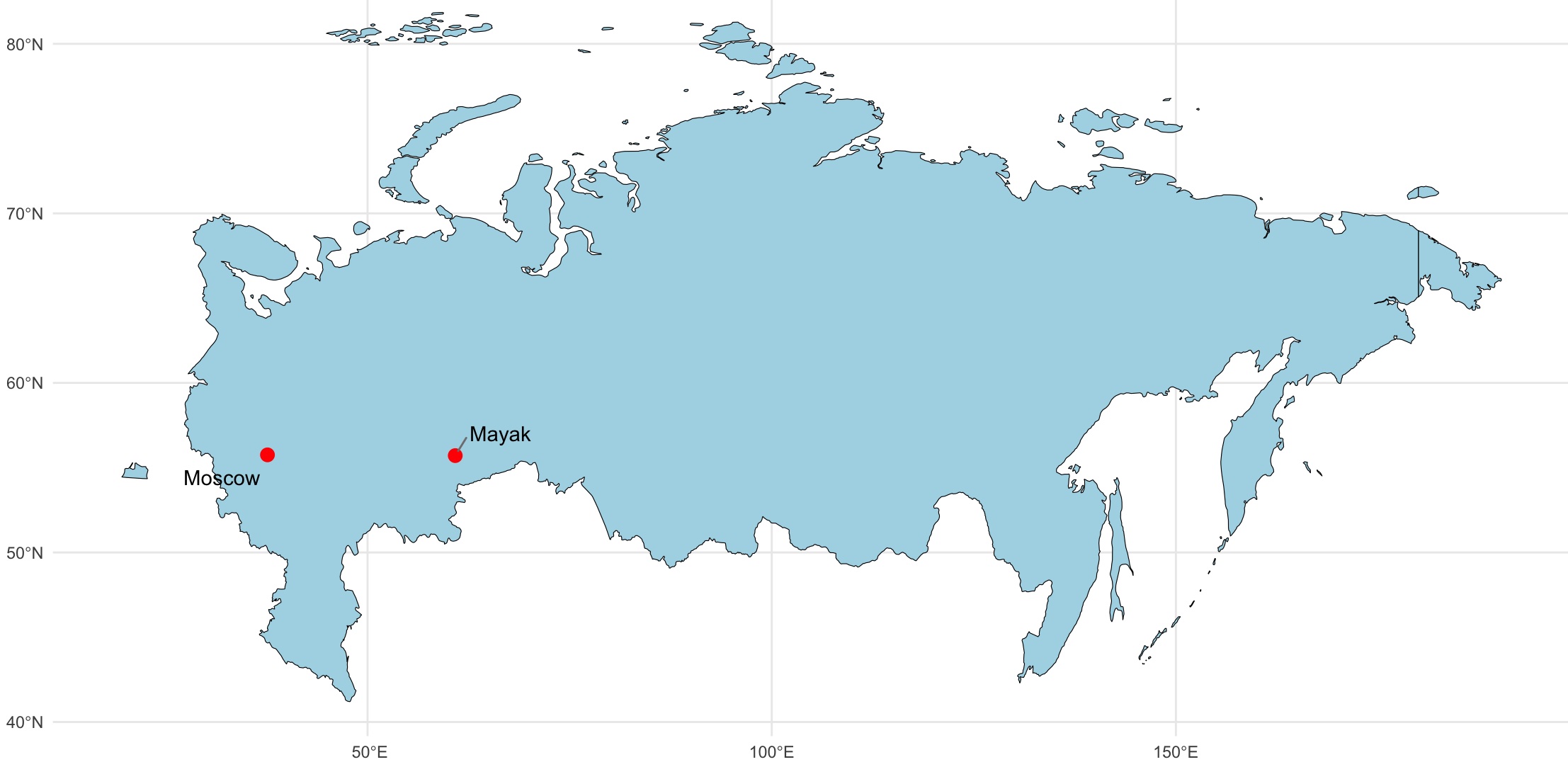
A typical nuclear reactor cycles liquid into its core to absorb heat. The heated liquid, usually water, is then cycled out of the core. This simultaneously cools the core while capturing useful energy (heat), which in the form of steam is used to turn a turbine and create electricity. A closed loop design links all this together, forming an infinite loop from which contaminated water should never escape.
At Mayak, contaminated cooling fluid was not trapped in a closed cycle. Fresh water was pumped in from the local water system, circulated in the cores, and then discharged into nearby rivers and lakes. In effect, the reactors had an additional function: directly and intentionally pumping radioactive waste into the local environment, with no filtering, by design. This fundamentally irresponsible decision set the stage for a decades-long series of ugly disasters, with each subsequent crisis compounding upon the previous one.
Hanford vs. Mayak
To better understand what happened at Mayak, it is useful first to consider the Hanford Site in Washington State. The U.S. ran partially open loop reactors at Hanford during the Manhattan Project and the early years of the Cold War. The estimated total emissions from the Hanford plant were roughly one-tenth those of the Soviet Mayak plant. The U.S. took measures to filter some — though not all — isotopes from being released. Most importantly, it released short-lived isotopes that quickly decayed.
The radioactive half-life of an isotope is the time required for one half of the substance to break down. The vast majority of the emissions from the Hanford plant into the Columbia River consisted of seven radioactive isotopes: manganese-56 (2.5 h), gallium-72 (14 h), sodium-24 (15-hour half-life), arsenic-76 (26 h), yttrium-90 (64 h), neptunium-239 (58 h), chromium-51 (28 days). It takes ten half-lives for 99.9% of an isotope to decay away. So, in about 24 hours, the first isotope will be 99.9% gone. The same will happen for the second and third isotopes within a week, while the fourth, fifth, and sixth isotopes will take about one month. The final isotope requires about nine months.
Early operations at Hanford released iodine-131 into the air. (With an 8-day half-life, it took 80 days to drop in radioactivity by 99.9%.) Hanford ceased all operations that actively discharged any dangerous isotopes by 1971. Today, essentially all radiation released by the plant is gone.
By contrast, the radiation released at Mayak contained large amounts of strontium-90 and cesium-137, with half-lives of 29 years and 30 years, respectively. Three centuries must elapse for 99.9% of these radioactive isotopes to decay. Of all strontium-90 and cesium-137 dumped in 1963, one quarter remains in 2023. Russian scientists in the 1980s estimated that radiation from these two isotopes in one river near Mayak was roughly 1,000 times higher than radiation downstream of Hanford.
While the Soviet Union actively covered up what went on at Mayak, the U.S. government produced extended reports analyzing Hanford radiation releases and their effects. Airborne exposure downwind peaked at about twice the natural background radiation level for one year, then declined to much lower levels. Human doses from waterborne isotopes likely were never more than the normal natural background dose at any point. A person would need to eat roughly 500 pounds of salmon from local rivers in a single year to receive a little more than that natural background dose.
Poisoning the people
People living near Mayak were not so lucky. The USSR’s discharge into the Techa River from 1949 to 1951 accumulated so much pollution that residents downstream fell ill. In villages closer to the reactors, residents likely received doses roughly 1,000 times greater than Americans living near Hanford. Their total exposure may have ranged from roughly ten times the natural background up to one-third of what kills 50% of humans exposed over a short period.
The medical consequences were quickly realized and evaluated by doctors. They created a new medical diagnosis, chronic radiation sickness, which manifested after being near hazardous levels of radiation for an extended period of time. Supposedly, Russians who spent time near the river were the only people (besides those working at the facility) to contract this illness. And supposedly, Mayak is the only area on Earth where this diagnosis is common.
Soviet authorities used code names like “specific effect” or “special disease” to hide the truth from the sick. Two-thirds of the population in one riverside village fell ill. Eventually many of the local settlements were evacuated, though evacuees were not told why. Despite all this, Soviet internal studies reported that most of the villagers gradually recovered, and total deaths from cancer and leukemia increased little, if at all. Of course, this is a Russian report — so take that for what it’s worth.
When the river flooded in 1951, large areas of the surrounding plain became dangerously radioactive. More sickened people had to be evacuated. They abandoned livestock and crops that either would be eaten at an elevated health risk or destroyed.
The growing magnitude of the problem forced the Soviets to reconsider dumping the radioactive waste directly into the river. This being Russia, they decided in the early 1950s to dump it into local lakes, instead. However, this didn’t work so well either: The lakes quickly became hideously radioactive and swelled in size from the large discharges. A series of artificial lakes, ponds, and dams were built to try to contain the radiation. Since this failed, too, they began storing the waste — which led to an absolute catastrophe.
A Chernobyl-like explosion
Properly engineered vessels are an imperfect but workable fix. Unfortunately, the engineering of the Mayak storage facility left something to be desired. The plant built a concrete-lined canyon to house stainless steel tanks, each nearly 80,000 gallons (303,000 liters) in capacity. The waste piped into the sealed containers required cooling, as the decay of isotopes inside heated the contents, causing them to evaporate. To prevent boiling waste from turning the tanks into pressurized bombs, water was circulated through the canyons.
In 1957, this system suffered a catastrophic failure. When the cooling system malfunctioned, possibly because of high radiation levels within the canyon, the tanks began to boil and fill with gas. Waste feed pipes ruptured, and monitoring instruments broke. Eventually, one of the tanks exploded, annihilating the canyon roof and propelling 70-80 tons of waste into the air.
While Western scientists had their suspicions that something nasty had occurred, the Soviets denied the accident for more than 30 years. They finally came clean in 1989 and admitted that two million Curies of radioactivity had been released. The International Atomic Energy Agency (IAEA) estimated that the real number was closer to 20 million Curies. (To put those numbers into perspective, the Chernobyl disaster likely released 50 million Curies.)
After the explosion, the Soviets returned to dumping the radioactive waste in lakes. They were able to get the waste somewhat contained, but yet another problem arose when, in 1967, the region became warmer and one of the polluted lakes started drying up. Wind swept radioactive dust into the countryside, once again irradiating tens of thousands of people. On top of all this, over the years, dozens of smaller accidents killed and injured plant workers.
The Mayak site is still a hot mess
Realizing the potential for contaminated clouds arising every dry summer, the Soviets attempted to get rid of the lake. Large portions of it eventually were covered in concrete structures, with rocks and dirt piled on top, in an effort to entomb the radioactive material. This work may have finished as late as 2015.
In 2017, scientists across Europe detected small — not dangerous, but weird — amounts of an unnatural isotope in the air. Upon analyzing the dispersion pattern, Mayak appeared likely to be the source. Russia denied that any accident had occurred, triggering memories of historical dishonesty and disregard for public health.
Today, a massive amount of radiation remains in the water, sediments, and marshes around Mayak. More waste is simply buried in the ground, not contained within holding vessels. The river and dried lake bed contain an enormous amount of residual radiation, perhaps the largest amount anywhere on Earth. When officials from the U.S. Department of Energy toured the area circa 1990, they observed dosimeter readings climbing too rapidly to safely approach one of the lakes. At the time, they reported that radiation levels were still high enough to kill a person who lingered around too long.
Though another half-life has passed since then, it is safe to conclude that the Mayak site remains a hot mess.
